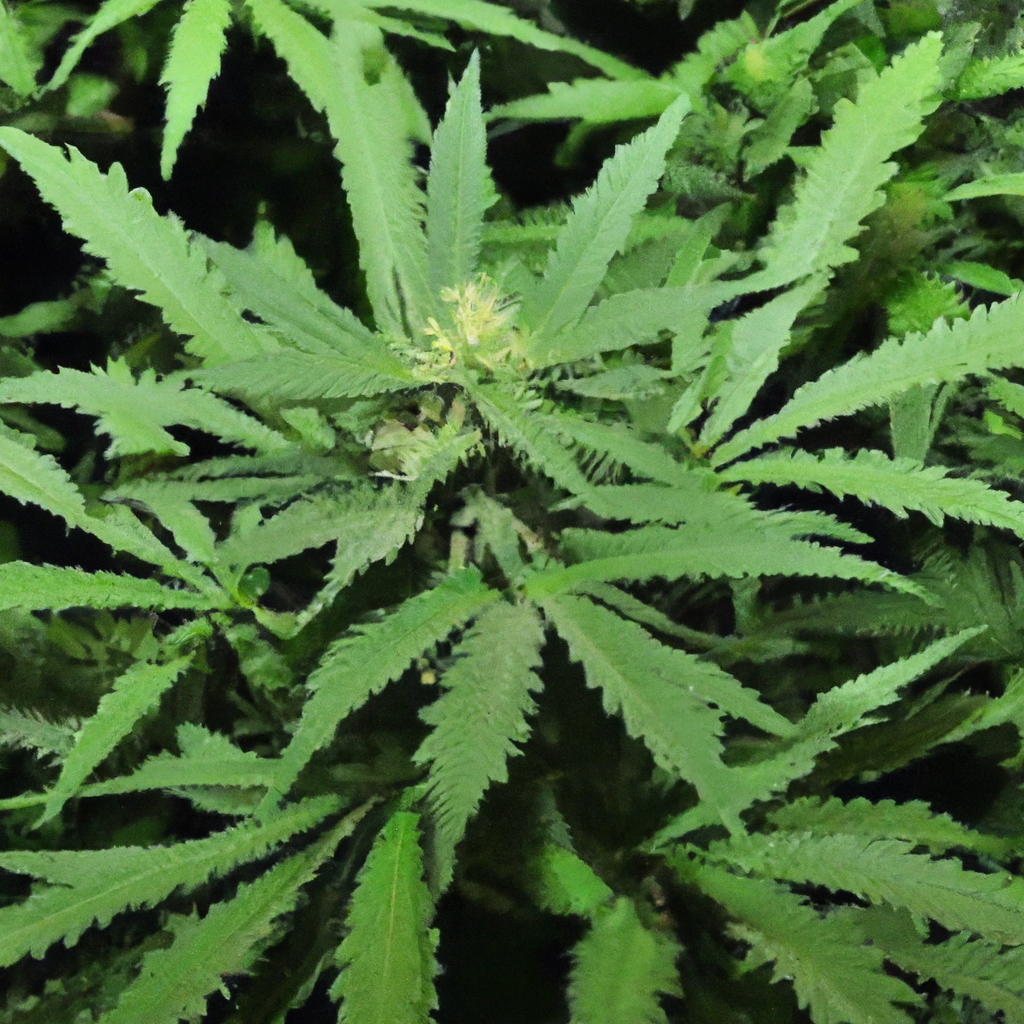Your cart is currently empty!
Growing cannabis is a rewarding yet challenging endeavor. One of the most significant hurdles cultivators face is pest control. Pests can devastate crops, leading to reduced yields or even total loss. This guide will explore effective pest control strategies to help you cultivate healthy cannabis plants.
Understanding Common Cannabis Pests
Before implementing pest control measures, it’s crucial to identify the pests that commonly affect cannabis plants:
- Spider Mites: Tiny arachnids that suck plant sap, causing yellow spots on leaves.
- Aphids: Small, soft-bodied insects that feed on plant juices and can stunt growth.
- Whiteflies: Small, white-winged insects that cause leaves to wither by sucking plant sap.
- Fungus Gnats: Black flies that lay eggs in damp soil, leading to root damage.
Integrated Pest Management (IPM)
Integrated Pest Management is a comprehensive approach that combines different tactics to manage pest populations. Here’s how to implement IPM:
1. Regular Monitoring
Inspect your plants frequently for signs of pest activity. Use magnifying tools to identify tiny insects like spider mites and aphids.
2. Biological Controls
Introduce beneficial insects, such as ladybugs or predatory mites, to naturally control pest populations without chemicals.
3. Cultural Practices
Ensure proper sanitation by removing plant debris and maintaining clean growing environments to reduce pest habitats.
Natural Pest Control Solutions
Opting for natural pest control methods can be effective and environmentally friendly:
- Neem Oil: A natural pesticide that deters a wide range of pests. Apply as a foliar spray to affected plants.
- Insecticidal Soap: Safe for plants and effective against soft-bodied insects like aphids.
- Garlic Spray: Acts as a natural repellent. Crush garlic and mix with water to spray on plant leaves.
Preventative Measures and Best Practices
Preventative strategies are crucial for minimizing pest infestation risks:
1. Soil Management
Use high-quality, sterile soil to prevent introducing pests through the growing medium. Ensure proper drainage to reduce fungus gnat habitats.
2. Environmental Control
Maintain optimal temperature and humidity levels to create an unfavorable environment for pests. Regularly clean grow spaces to discourage infestations.
Conclusion
A successful cannabis harvest relies heavily on effective pest control strategies. By understanding common pests, implementing Integrated Pest Management, and utilizing natural control measures, you can protect your cannabis crops and ensure optimal yields.
Adopting these practices will not only enhance your cannabis cultivation experience but also contribute to sustainable gardening methods.
Keep your environment sanitized and monitor your plants closely to prevent minor pest problems from turning into major setbacks.
Start applying these pest control strategies today and witness the difference in your cannabis cultivation journey!
Happy growing, and may your yields be bountiful!
Discover more from Magic Clones
Subscribe to get the latest posts sent to your email.


Leave a Reply